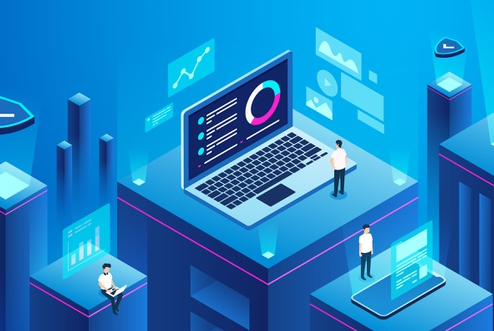Gartner Inc. has identified the top 10 government technology trends for 2021 that have the potential to accelerate digital innovation and optimize or transform public services, especially in the wake of the COVID-19 pandemic. Without further ado:
- Accelerated legacy modernization – governments have experienced many issues with the limitations and risks posed by decades-old legacy infrastructure and core systems.
- Adaptive security – adaptive approaches to security are needed as services migrate to the cloud.
- Anything as a service (XaaS) – XaaS is a cloud-based sourcing strategy that offers an alternative to legacy infrastructure modernization, provides scalability and reduces time to deliver digital services.
- Case management as a service (CMaaS) – CMaaS is a new way to build institutional agility by applying composable business principles and practices that replace legacy case management systems with modular products that can be rapidly assembled, disassembled and recomposed in response to changing business needs.
- Citizen digital identity – digital identity ecosystems, key for inclusion and access to government services in a digital world, are quickly evolving and leading governments to assume new roles and responsibilities.
- Composable government enterprise – a composable government enterprise is any government organization that adopts composable design principles. This enables them to extend the reuse of capabilities and continuously adapt to changing regulatory, legislative and public expectations.
- Data sharing as a program – data sharing is often ad hoc in government, driven by high-profile use cases that cannot easily be generalized. Data sharing as a program moves it into being a scalable service capable of driving more composable approaches in government service delivery.
- Hyperconnected public services – hyperautomation principles and practices can lead to highly-automated end-to-end business processes and public services that require minimal human intervention.
- Multichannel citizen engagement – multichannel citizen engagement is a seamless, bidirectional engagement that allows direct citizen participation with governments across organizational boundaries, all while delivering a personalized experience.
- Operationalized analytics – operationalized analytics is the strategic and systematic adoption of data-driven technologies at each stage of government activity to improve the efficiency, effectiveness and consistency of decision-making, allowing decision-makers to make better, context-based operational decisions in real-time to improve the quality of the citizen experience.
 BFC Bulletins Monthly News Digest
BFC Bulletins Monthly News Digest




